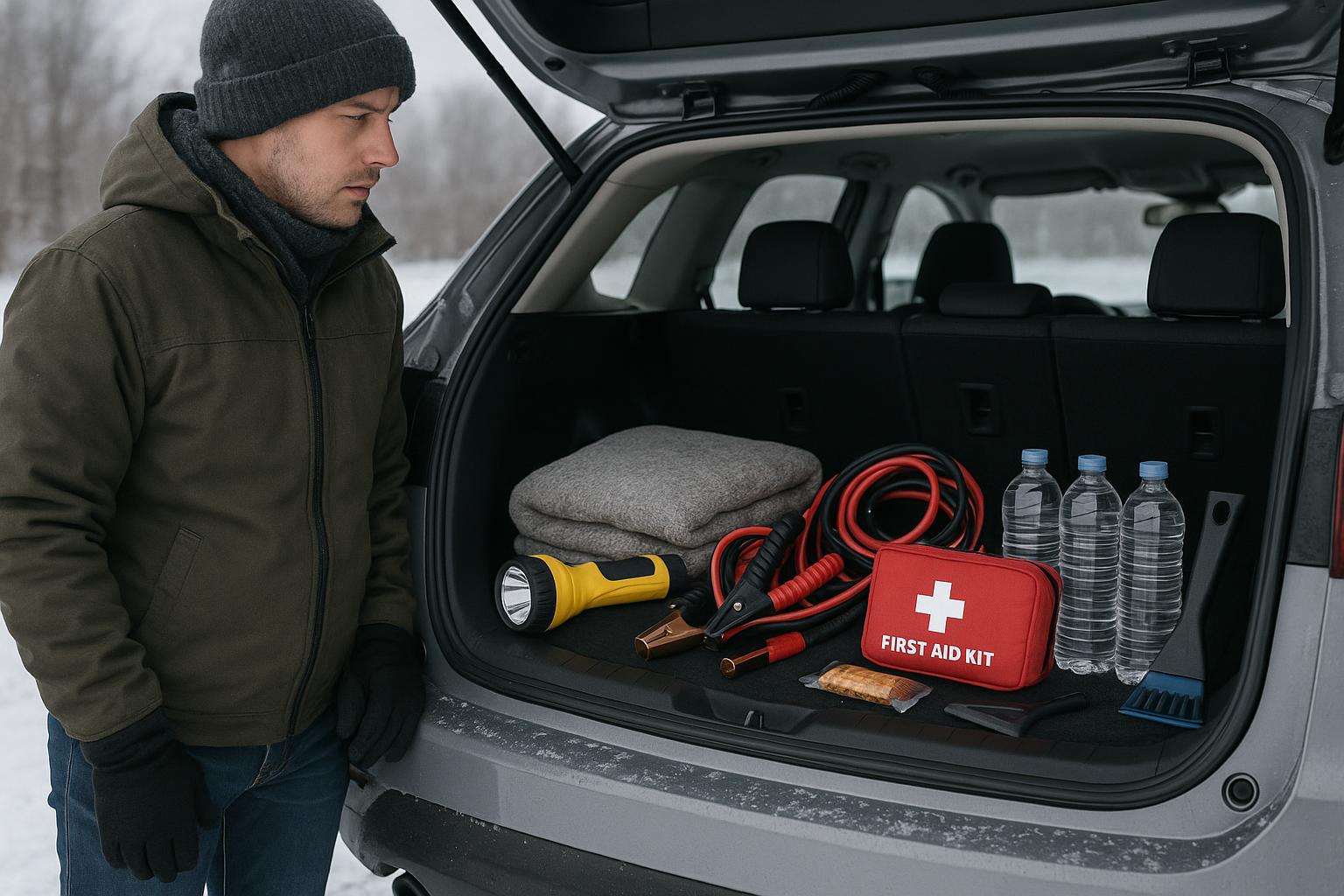Emergencies can strike at any time, whether in the workplace, at home, or in public spaces. While many people believe they will act quickly and decisively in a crisis, research shows that freezing is a common response. Understanding why people freeze during emergencies and how regular safety drills can help overcome this reaction is crucial for improving safety outcomes.
Why Do People Freeze During Emergencies?
The “freeze” response is a natural part of the human stress reaction, often referred to as “fight, flight, or freeze.” When faced with sudden danger, the body’s sympathetic nervous system is activated. While some people may instinctively fight or flee, others become immobilized, unable to move or make decisions. This reaction is not a sign of weakness; it is a deeply ingrained survival mechanism.
Several factors contribute to the freeze response:
- Overwhelm and Uncertainty: When confronted with an unexpected emergency, the brain can become overloaded with information. This cognitive overload can make it difficult to process what is happening and what actions to take.
- Lack of Familiarity: If a person has never experienced a similar situation or has not practiced what to do, they are more likely to freeze. The absence of a mental script or muscle memory can lead to hesitation.
- Fear and Anxiety: High levels of fear can cause the body to shut down temporarily. This is a protective mechanism, but it can be dangerous in situations where immediate action is required.
- Social Influence: In group settings, people often look to others for cues on how to react. If no one takes action, individuals may freeze, waiting for someone else to lead.
According to the National Safety Council, nearly 13,000 workplace injuries occur every day in the United States, many of which could be mitigated by faster, more decisive action during emergencies (https://www.nsc.org/workplace/safety-topics/emergency-preparedness).
The Role of Drills in Overcoming the Freeze Response
Regular safety drills are one of the most effective ways to reduce the likelihood of freezing during an emergency. Drills provide employees with the knowledge, skills, and confidence needed to respond quickly and appropriately.
1. Building Muscle Memory
When people practice emergency procedures, such as fire evacuations or lockdowns, they develop muscle memory. This means that in a real emergency, their bodies and minds are more likely to remember what to do, even under stress. Repetition helps turn the correct response into an automatic action.
2. Reducing Uncertainty
Drills familiarize employees with emergency protocols, exits, and equipment. Knowing what to expect and where to go reduces uncertainty and cognitive overload, making it easier to act decisively.
3. Lowering Anxiety
Practice helps reduce fear and anxiety. When employees know they have successfully completed drills in the past, they are more likely to feel confident in their ability to handle a real emergency.
4. Encouraging Leadership and Teamwork
Drills provide opportunities for individuals to practice leadership roles and for teams to work together. This can help break the bystander effect, where people wait for others to act, and encourage proactive responses.
Best Practices for Effective Emergency Drills
To maximize the benefits of safety drills, organizations should:
- Conduct Drills Regularly: Schedule drills at least twice a year, and vary the scenarios to cover different types of emergencies.
- Debrief After Each Drill: Discuss what went well and what could be improved. Encourage feedback from all participants.
- Include All Employees: Ensure that everyone, including new hires and remote workers, participates in drills.
- Simulate Realistic Scenarios: Make drills as realistic as possible without causing panic. Use alarms, props, and role-playing to enhance engagement.
- Train Leaders: Designate and train emergency coordinators or floor wardens to guide others during drills and real emergencies.
The Impact of Drills on Workplace Safety
Organizations that invest in regular emergency drills see measurable improvements in response times and overall safety culture. According to the Occupational Safety and Health Administration (OSHA), effective emergency action plans and regular drills can significantly reduce injuries and fatalities during workplace emergencies (https://www.osha.gov/emergency-preparedness).
Freezing during emergencies is a natural human response, but it can be overcome with preparation and practice. Regular safety drills help employees build the confidence and skills needed to act quickly and effectively when it matters most. By prioritizing emergency preparedness, organizations can protect their people and create a safer work environment.
References
- National Safety Council: https://www.nsc.org/workplace/safety-topics/emergency-preparedness
- OSHA Emergency Preparedness: https://www.osha.gov/emergency-preparedness



